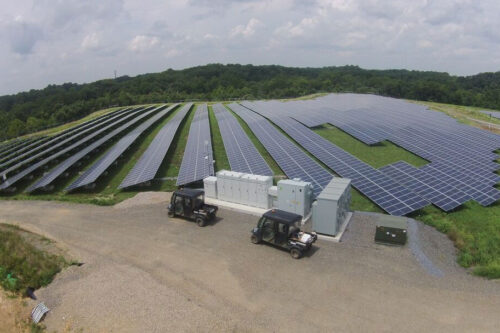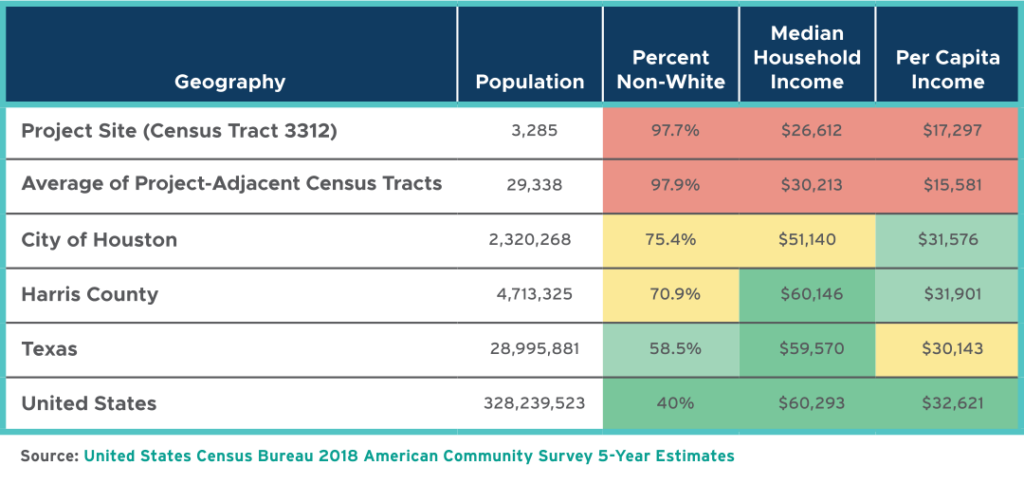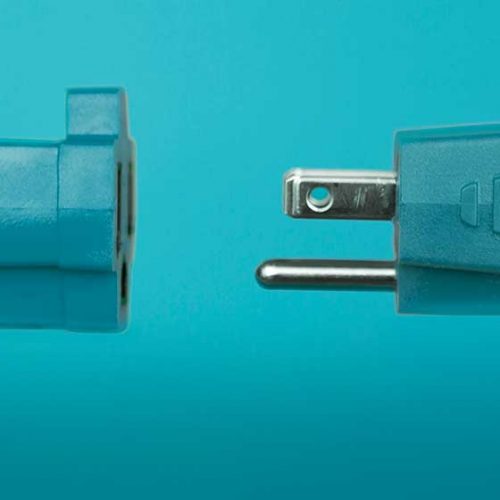
Turning Trash into Treasure
How Installing Solar on Landfills Can Revitalize Communities
In 1937, a landfill was built in the majority Black Houston neighborhood of Sunnyside. The residents of that community have been paying the price ever since. From “flies, roaches, rats, and smells” to the death of an 11-year old boy, the Sunnyside landfill has negatively impacted the quality of life for the community for more than 80 years. The landfill closed in 1974 due to the detection of deadly levels of lead, but the health and environmental effects live on. Or they did, until now.
The 240-acre landfill will soon become a 52 megawatt (MW) solar farm, the largest landfill solar installation and second largest brownfield solar installation in the nation. There are actually more than 10,000 closed and inactive landfills around the United States which offer similar opportunities. These landfills have limited reuse potential because they house years and years of waste. Therefore, installing solar on them allows states and municipalities to advance local solar energy while repurposing these large, vacant sites on the surface that detract from the local community.
A new RMI report, The Future of Landfills Is Bright, found that closed landfills across the United States could host an estimated 63 gigawatts (GW) of solar capacity, enough to power 7.8 million American homes or the entire state of South Carolina.
From Brownfields to Brightfields
Among brownfield sites, closed landfills are often ideal sites for solar. For one thing, although some closed landfills have been repurposed as open space or golf courses, most lack any future planned use once closed. This is in part due to the potentially hazardous materials existing on these sites and the presence of landfill gas wells, both of which limit ground penetration for—and therefore development of—schools, shopping, and housing. Thus, installing solar on landfills avoids land-use conflicts with other economic, agricultural, housing, or recreational activities. In fact, in Texas alone, there are more than 94,000 acres of closed landfills that could generate an estimated 27 GW of electricity.
According to Paul Curran, managing director of BQ Energy Development and co-developer of the Sunnyside project, “Electricity is most efficiently generated near where it will be used… and virtually every community in the US has an old, closed dump. This land cannot and should not be used for other public purposes, but it often represents an outstanding resource for the generation of clean energy.”
Landfills also often have little shading and already have connections to electric infrastructure and roads because of their prior use. Plus, federal and state programs provide grants and other incentives for site assessment, cleanup, and reuse of landfills, helping reduce the added upfront costs that may accompany less than pristine land. But perhaps most importantly, putting solar on landfills helps promote environmental justice, especially in communities where local leaders deliberately sited landfills near non-White communities or pushed lower-income neighborhoods toward waste collection sites.
A Bright Spot for Revitalizing Communities
Throughout the United States, landfills have often been placed in communities of color. After protests erupted in 1982 in a predominately Black community in Warren County, North Carolina, over a proposed hazardous waste landfill, the US Department of Energy found links between race, poverty, and waste siting decisions. One study found that “three out of every five African Americans and Hispanics live in a community housing toxic waste sites.”
The Sunnyside landfill is located in a census tract that is vastly less White and far less wealthy than the city and state on average (a non-White population of almost 98 percent compared with just over 75 percent in the city). The neighborhood has an average median household income just 59 percent of the city’s average and 51 percent of Texas’s average.
“The Sunnyside landfill has weighed the neighborhood down, inhibiting the community from growth and opportunities” stated Mayor Sylvester Turner. “It is our duty and responsibility to look at neighborhoods that have been historically underserved and find ways to lift up these communities. In Sunnyside, this means transforming a former landfill into a facility that will generate clean, renewable electricity to power homes, reduce emissions, and create green jobs.”
That is why the proposal to turn it into a solar farm with other community facilities can be a game changer. “This former landfill in Sunnyside, more than most, stands to really benefit with this solar farm… and the developers are committing to maintaining the site for the life of the project,” said Dori Wolfe, founder and owner of Wolfe Energy, another co-developer of the project. “The Sunnyside solar farm will be a good neighbor to the community.”
The proposal now includes up to 50 MW of utility-scale solar, 2 MW of community solar, battery storage, and an Agricultural Hub and Training Center, all coupled with plans to hire locally and create partnerships with the community. Houston’s project continues to advance, and the city has since approved the site lease and selected a development team to design and build the project.
This will greatly revitalize the community. Landfill site reuse brings temporary construction jobs and permanent operations and maintenance jobs to underutilized sites. This not only boosts the local economy but also provides a benefit to local businesses that support these employees. The Sunnyside project is expected to generate 600 jobs. And our research shows that installing solar on all 2,134 closed landfills in Texas would generate more than 300,000 jobs.
Community members in Sunnyside are excited about the project. “My family has called Sunnyside home for several generations, and I am blessed to be carrying on the work that my father began in building up this community,” said Rodney Jones, Sunnyside TIRZ (Tax Increment Reinvestment Zone) 26 Chair. “The fact that the largest urban solar farm in the nation is in Sunnyside speaks to the way that our assets are now being understood by institutions and investors across the board. We hope that this becomes an example of historically underserved communities becoming solutions for sustainability.”
How to Ensure a Bright Future for Landfills
In The Future of Landfills is Bright, we describe how states and local governments can encourage landfill solar through policies and incentives. We include lessons learned from governments that have piloted and refined their policies, incentive structures, and best practices over the past decade. Our findings, analysis, and research should offer clarity and direction to elected officials, policymakers, planners, developers, and communities on how landfill solar can be part of a broader clean energy and land-use strategy to achieve ambitious community-wide sustainability and environmental justice goals.
As with Houston’s Sunnyside project, installing solar on landfills can catalyze local renewable generation, job growth, and community revitalization without sacrificing existing green space or parks. Scaling this to the more than 10,000 closed and inactive landfills around the country is a win-win for both communities and the climate. According to Curran, “The potential for safe replication of this concept is enormous.”


